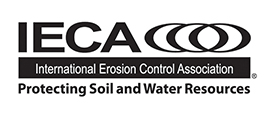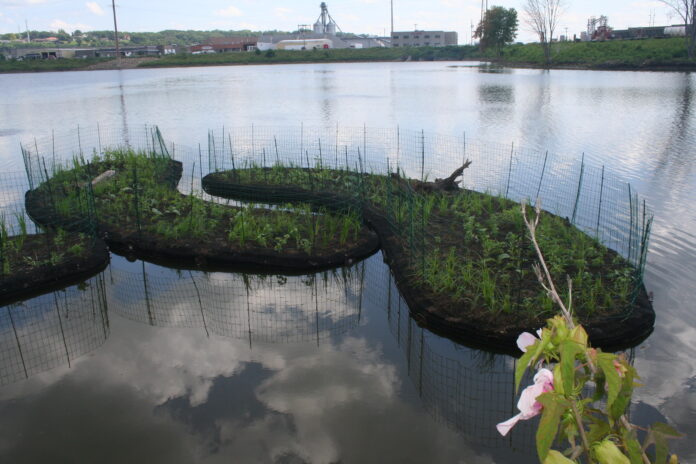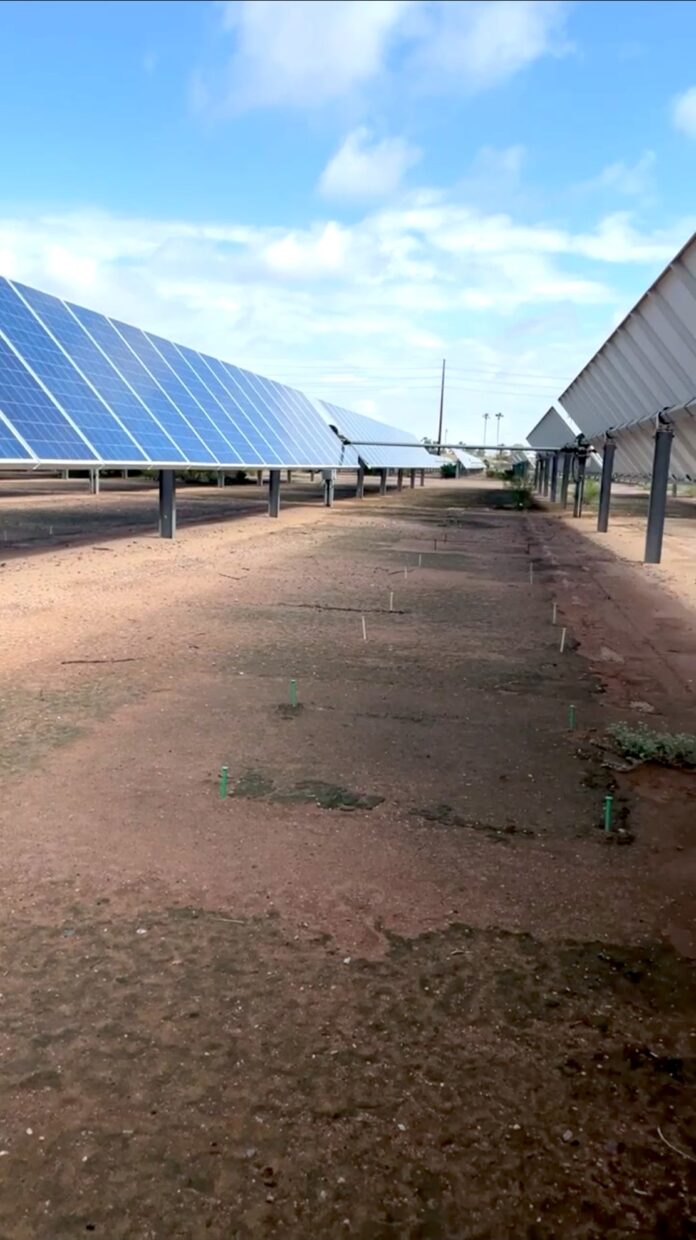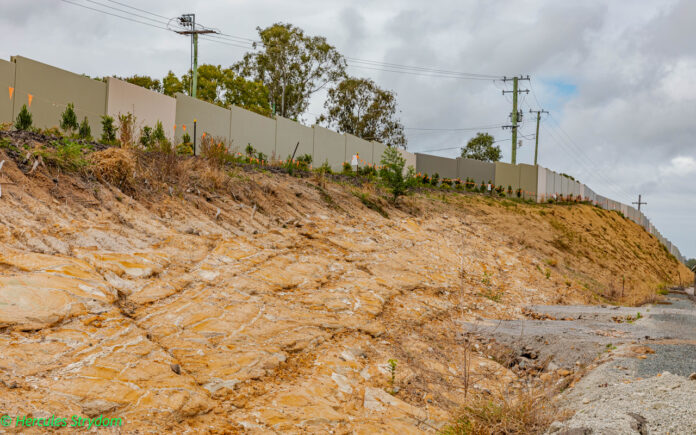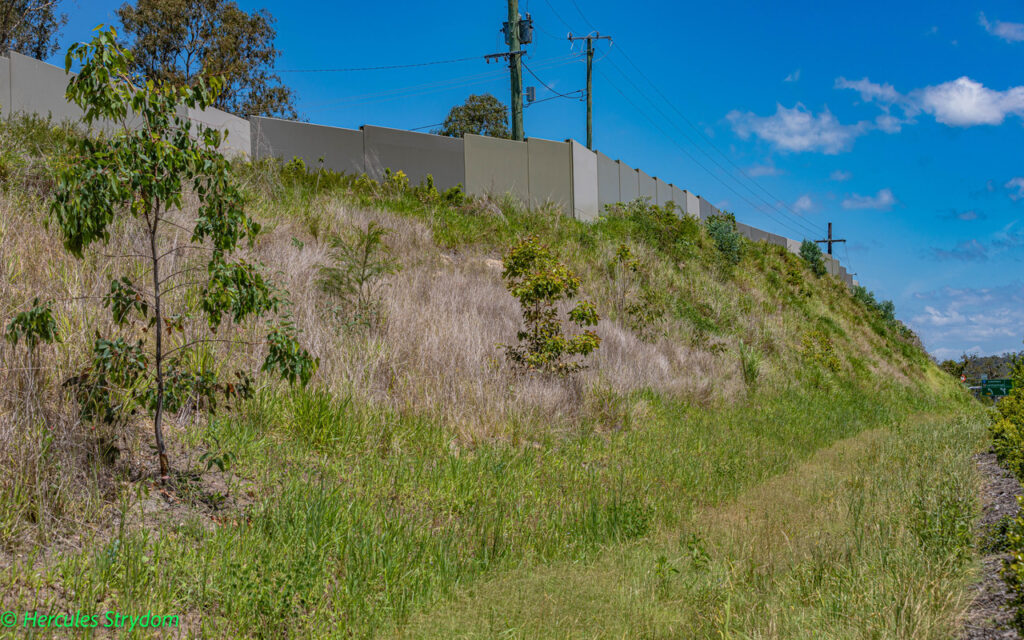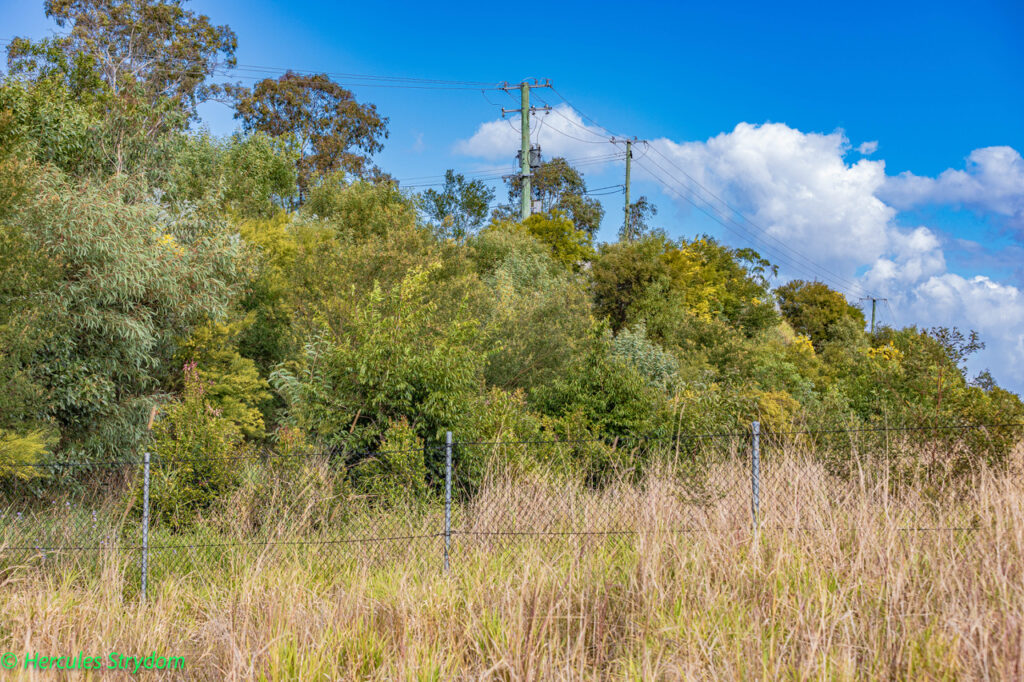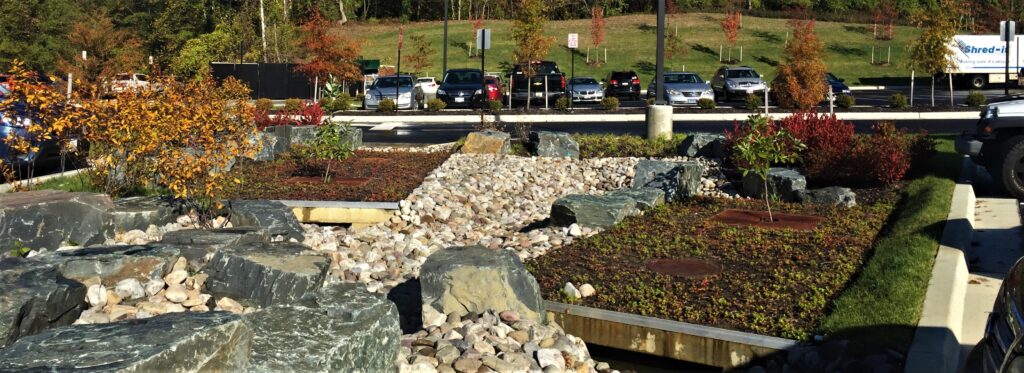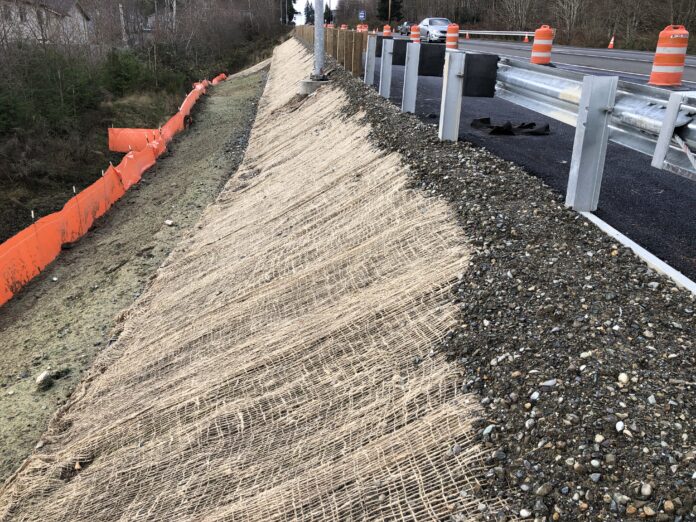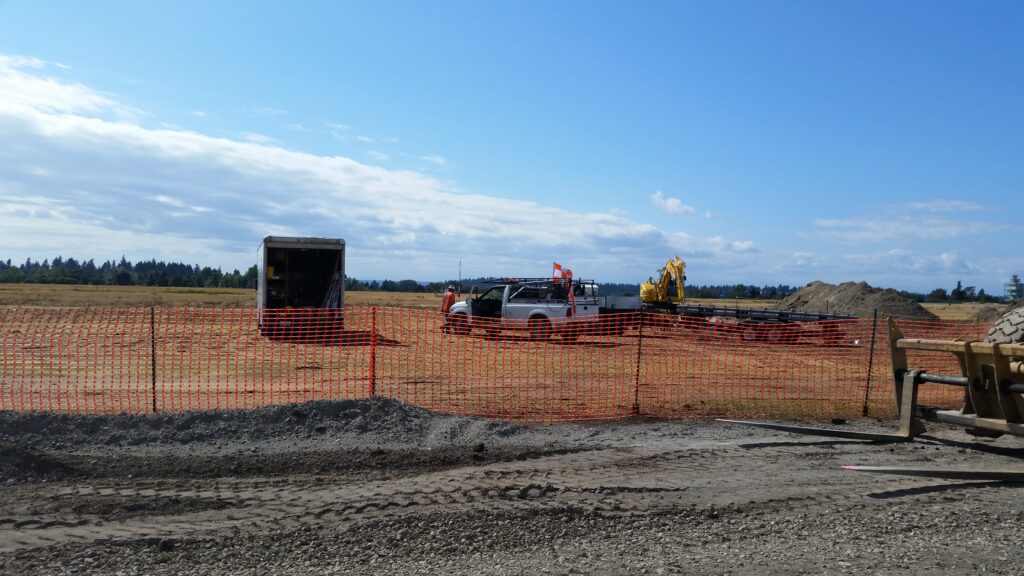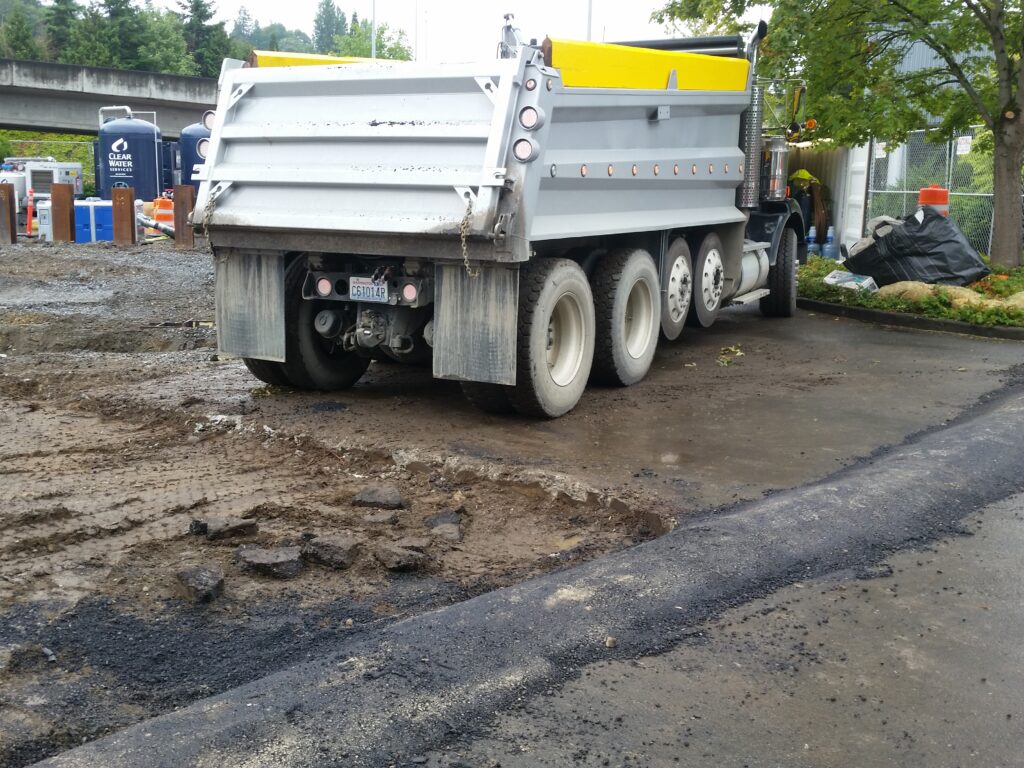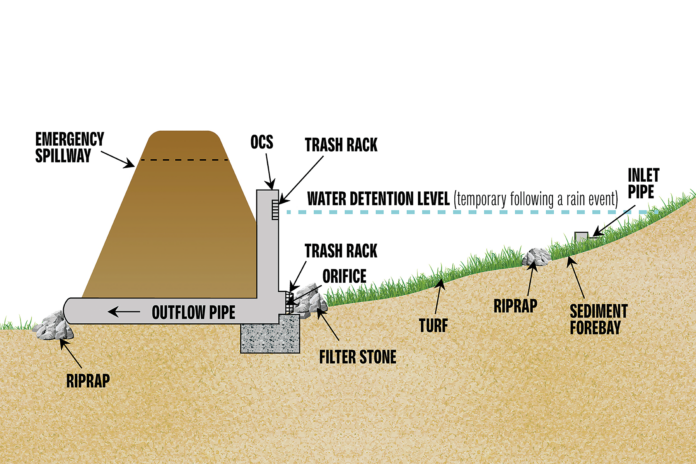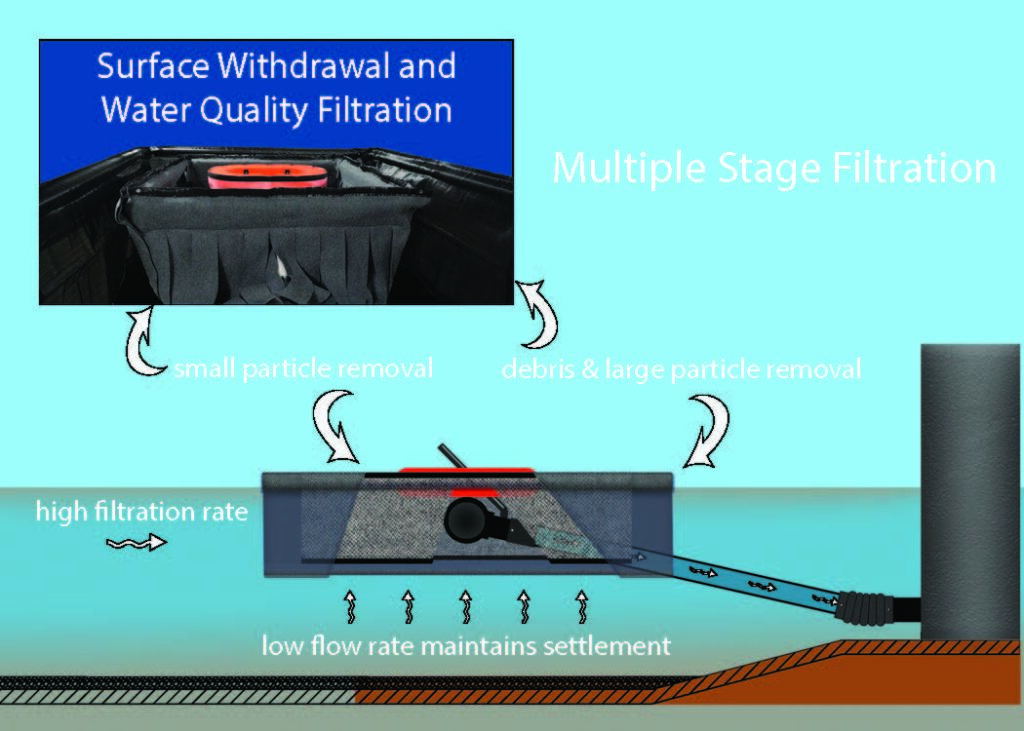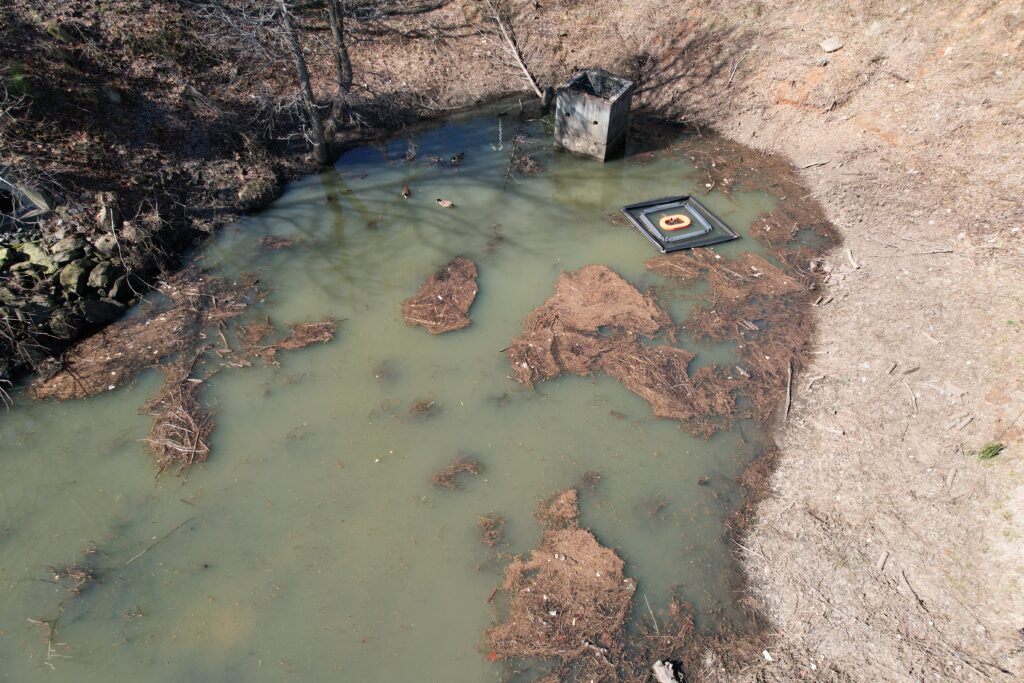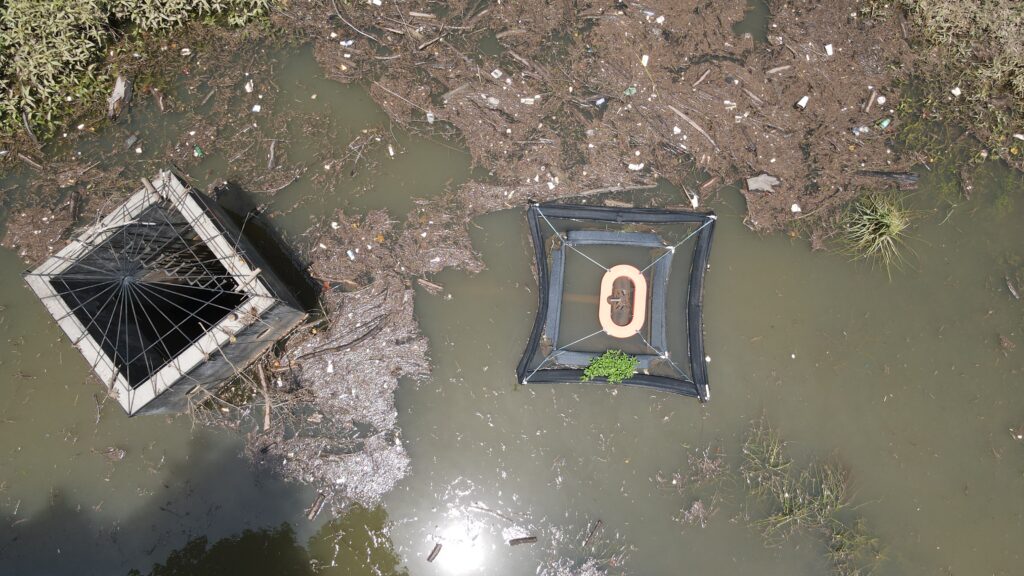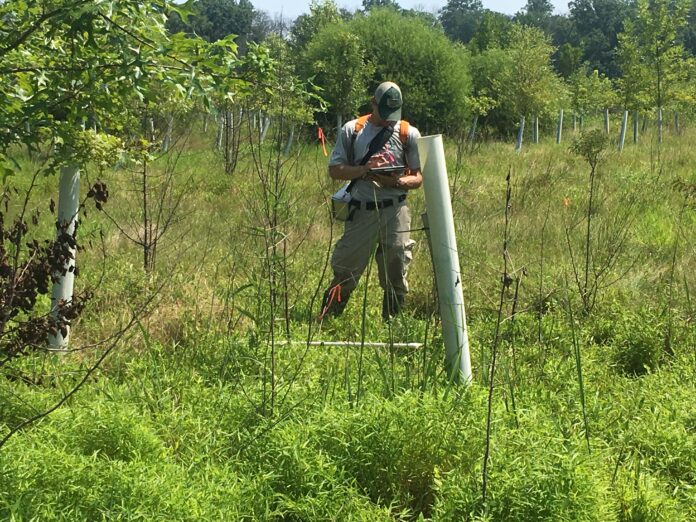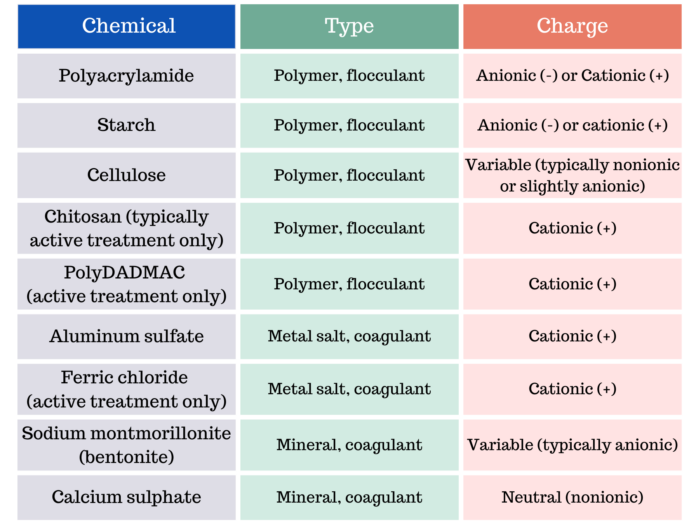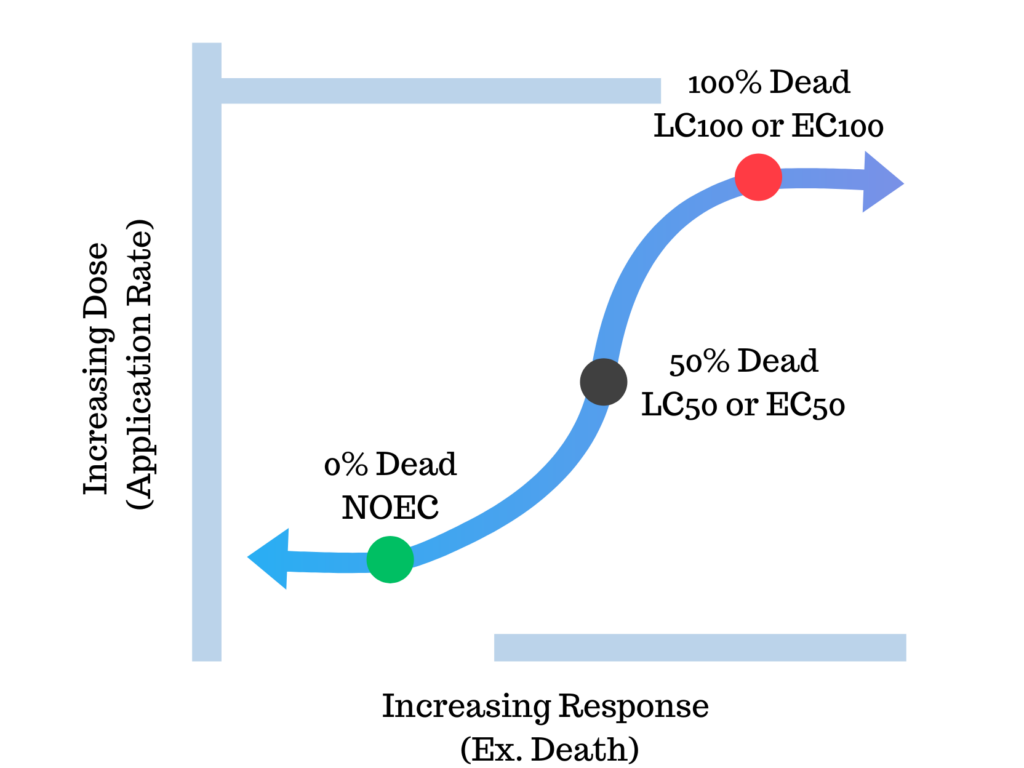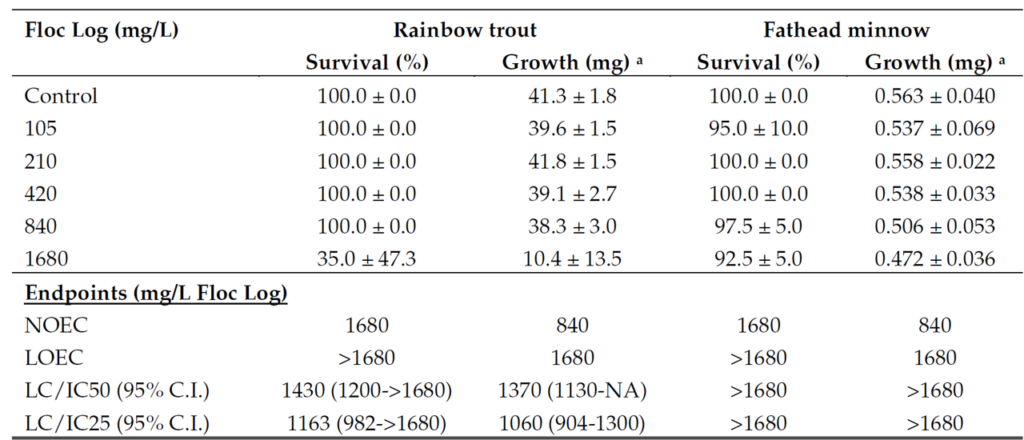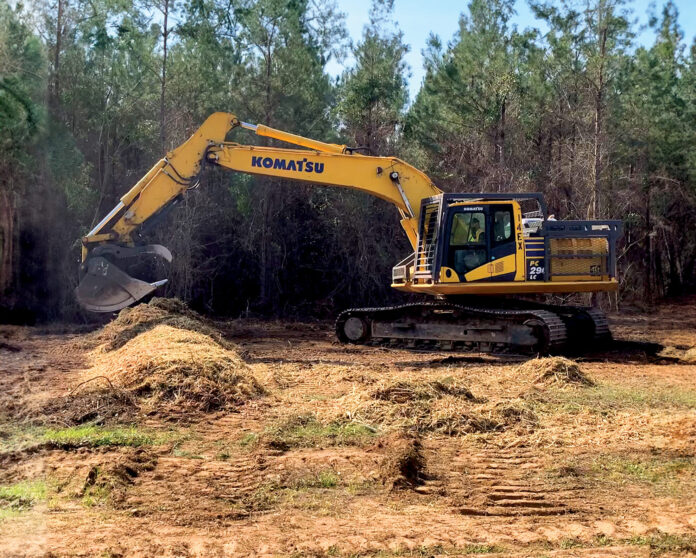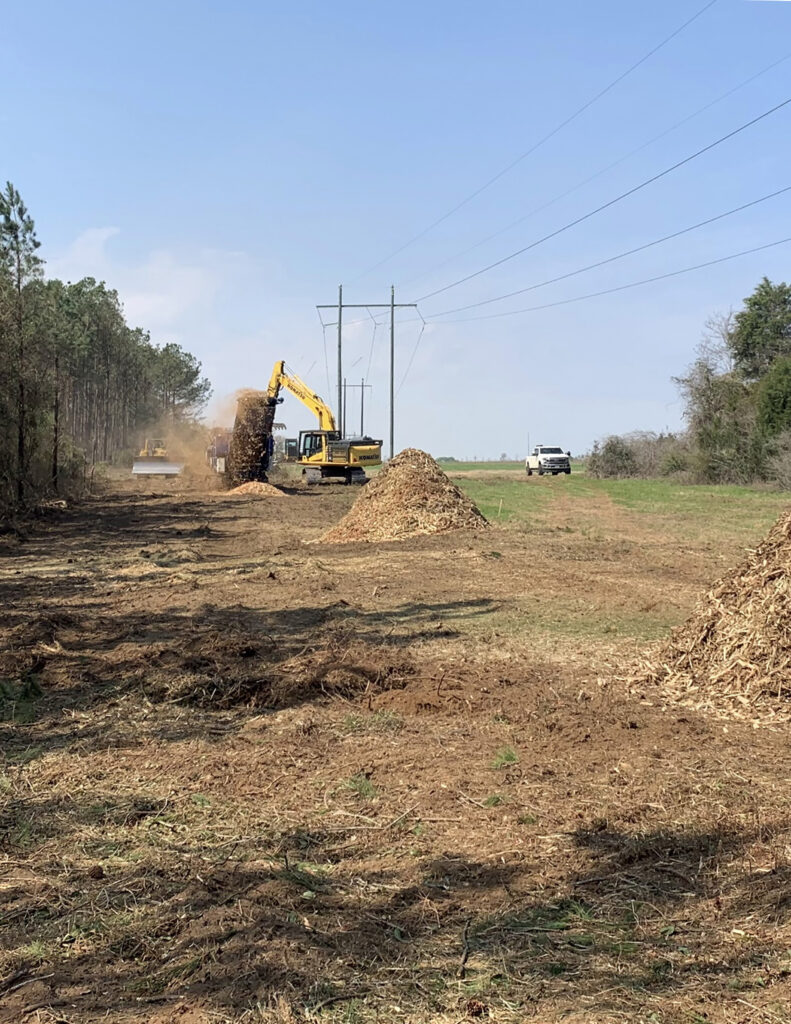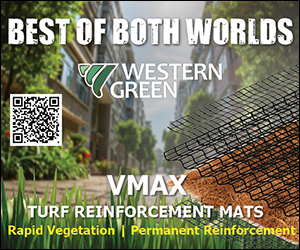Located along the banks of the Mississippi River, the City of Dubuque, Iowa, USA, has a long history of dealing with flooding, particularly in the Bee Branch Watershed. The 7-mile2 (18.1-km2) watershed is where over 50% of Dubuque’s residents either live or work.
Flash flooding repeatedly impacted 1,300 homes and businesses in the flood-prone area — filling basements with water to the ceiling joists and, ironically, starting fires; ripping up pavement and blowing up storm sewers; knocking people off their feet when trying to cross the road and rendering cars in the street inoperable. To address the flooding, the city embarked on an ambitious project to daylight the Bee Branch, a forgotten creek buried in a storm sewer a century ago. One of the innovative elements of the creek restoration project was the installation of floating islands within the creek (Figure 1).
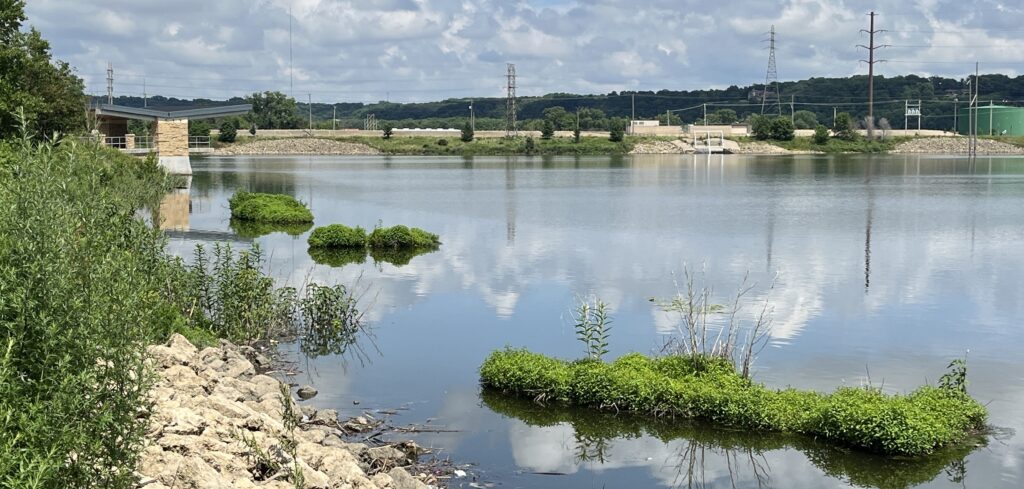
Floating islands can serve multiple functions. They can help reduce erosion and sedimentation, improve water quality, create aquatic habitat and serve as an educational tool. As a physical barrier, the floating islands dissipate wave energy and help protect the creek shoreline. As water flows around the floating islands, the velocity is decreased, allowing suspended sediments to settle out and help to maintain water clarity. The plants on the islands absorb nitrogen and phosphorus from the water, preventing them from contributing to the dead zone in the Gulf of Mexico.
The roots and island structure support the growth of biofilms — communities of microorganisms that further break down pollutants and improve water quality. The roots extend into the water, creating a structure where fish can find shelter from predators and harsh environmental conditions, providing a safe space for young fish to grow and thrive. The roots and vegetation also create habitats for various invertebrates, including insects and crustaceans, which are critical components of the aquatic food web.
Additionally, the islands offer surfaces for birds to rest and potentially nest (Figure 2). Finally, the visibility and uniqueness of the Bee Branch floating islands have sparked interest, engagement and conversations about environmental stewardship, fostering a community-wide appreciation for natural solutions to ecological challenges.

The 14 islands were designed as small micro-habitats reflective of the archipelagos found in the Mississippi ecosystem. Four prototypical islands were created with different shapes and sizes that varied from 70 to 300 feet2 (20 to 90 m2). They were sited along the Bee Branch in strategic locations for functionality, visibility and aesthetic enhancement. Planted with native vegetation, pieces of driftwood were hand-selected and placed on the islands to provide a year-round structure and habitat reflective of the region’s wetland and shoreline biomes. The design also included fencing around the perimeter to protect the emergent vegetation on the islands from waterfowl (cover photo).
The main body of the floating islands was manufactured using approximately 67,000 recycled water bottles that don’t contain Bisphenol A (BPA). The islands were assembled, planted and installed in the fall of 2017. They were then anchored to the bottom of the creek using stainless steel cables, allowing them to move with fluctuating water levels and flow directions. Having promoted the event, with media present, City of Dubuque Mayor Roy Buol was present on-site during the assembly of the islands and personally rode in the boat transporting the islands to their designated anchoring spots in the creek (Figures 3 and 4). The total cost of the project was $176,000 and was funded in part with grants and donations.
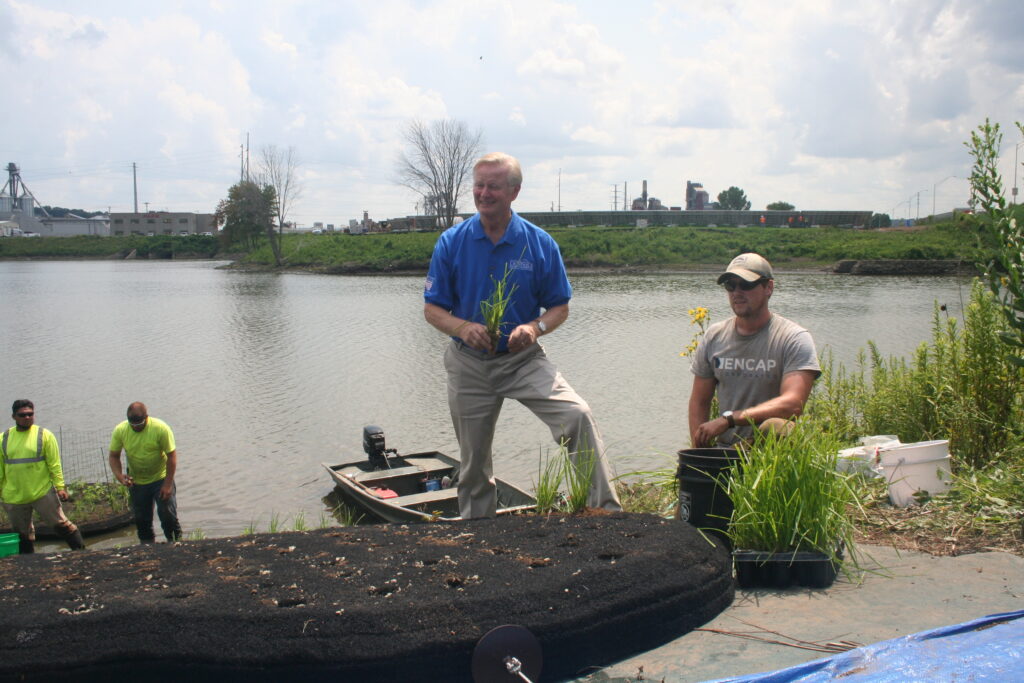
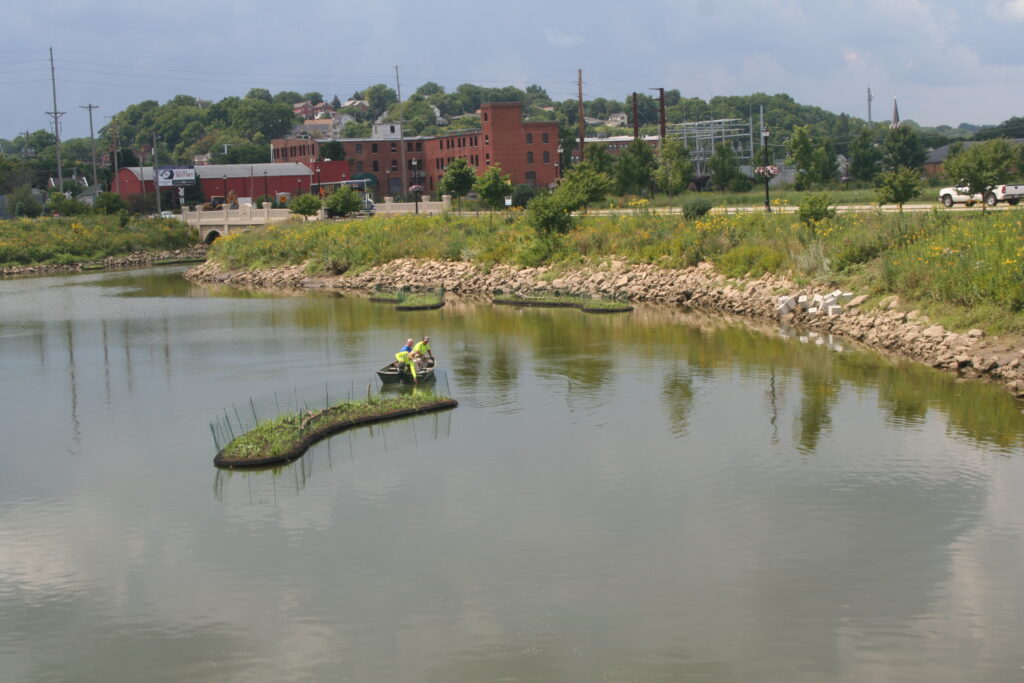
Maintaining the floating islands is crucial to their long-term effectiveness and sustainability. Regular inspections are conducted to assess buoyancy, plant health and the integrity of anchoring systems. In 2019, an inspection revealed that most plants were thriving, although some replanting was necessary due to animal interference. Fencing repairs were also needed to protect the plants from geese.
For communities considering the implementation of floating islands, several factors should be considered:
- Site selection: Choose locations with a minimum water depth of 2-feet (0.6 m) to prevent the roots from growing into the creek bed, full sun exposure and areas where water quality improvement is a priority. Ensure that the sites can accommodate the intended number and size of islands.
- Design and materials: Collaborate with experts to design islands that mimic natural habitats. Use materials that support plant growth and withstand environmental conditions, such as recycled BPA-free polyethylene terephthalate (PET) plastic for the island matrix. Select native plant species that thrive in aquatic environments and have deep-rooted structures for nutrient absorption.
- Construction and installation: Plan the construction and installation during optimal weather conditions. Ensure proper anchoring systems are in place to handle water level fluctuations and flow variations. Anchoring systems should be comprised of stainless steel to avoid corrosion. Multiple smaller islands are often more effective than fewer larger islands as they are easier to launch and anchor.
- Maintenance: Regularly inspect the islands for buoyancy, plant health and structural integrity. Address issues such as plant loss and fencing repairs promptly. Use UV-resistant materials and reinforce fencing as needed to protect plants from wildlife.
- Cost and funding: Seek funding through grants, donations and public-private partnerships. The long-term benefits of improving water quality and creating aquatic habitat and aesthetic enhancements can justify the expense.
- Community involvement: Engage the community through public education and outreach programs. Highlight the ecological and aesthetic benefits of the floating islands to garner public support and participation.
- The floating islands in Dubuque’s Bee Branch Creek are a testament to the city’s commitment to innovative and sustainable flood mitigation and environmental restoration. By incorporating these multi-purpose islands into the daylighting project, Dubuque not only addresses its flooding challenges but also enhances the ecological health of the watershed and the Mississippi River. This project serves as a model for other communities facing similar challenges, demonstrating the potential of nature-inspired solutions in urban environments. By considering site-specific factors, engaging experts and maintaining the islands effectively, other communities can replicate Dubuque’s success and enjoy the multifaceted benefits of floating islands.
Note
The City of Dubuque would like to thank project partners Strand Associates, Saiki Design and ENCAP for their vision and expertise in helping to make the floating islands a reality.
About the Expert
Deron Muehring is the director of the City of Dubuque’s Water & Resource Recovery Center. He led the design effort on the $160 million Bee Branch Creek Restoration Project. He holds a bachelor’s degree in physics from St. Cloud State University and a master’s in environmental engineering from Marquette University.

